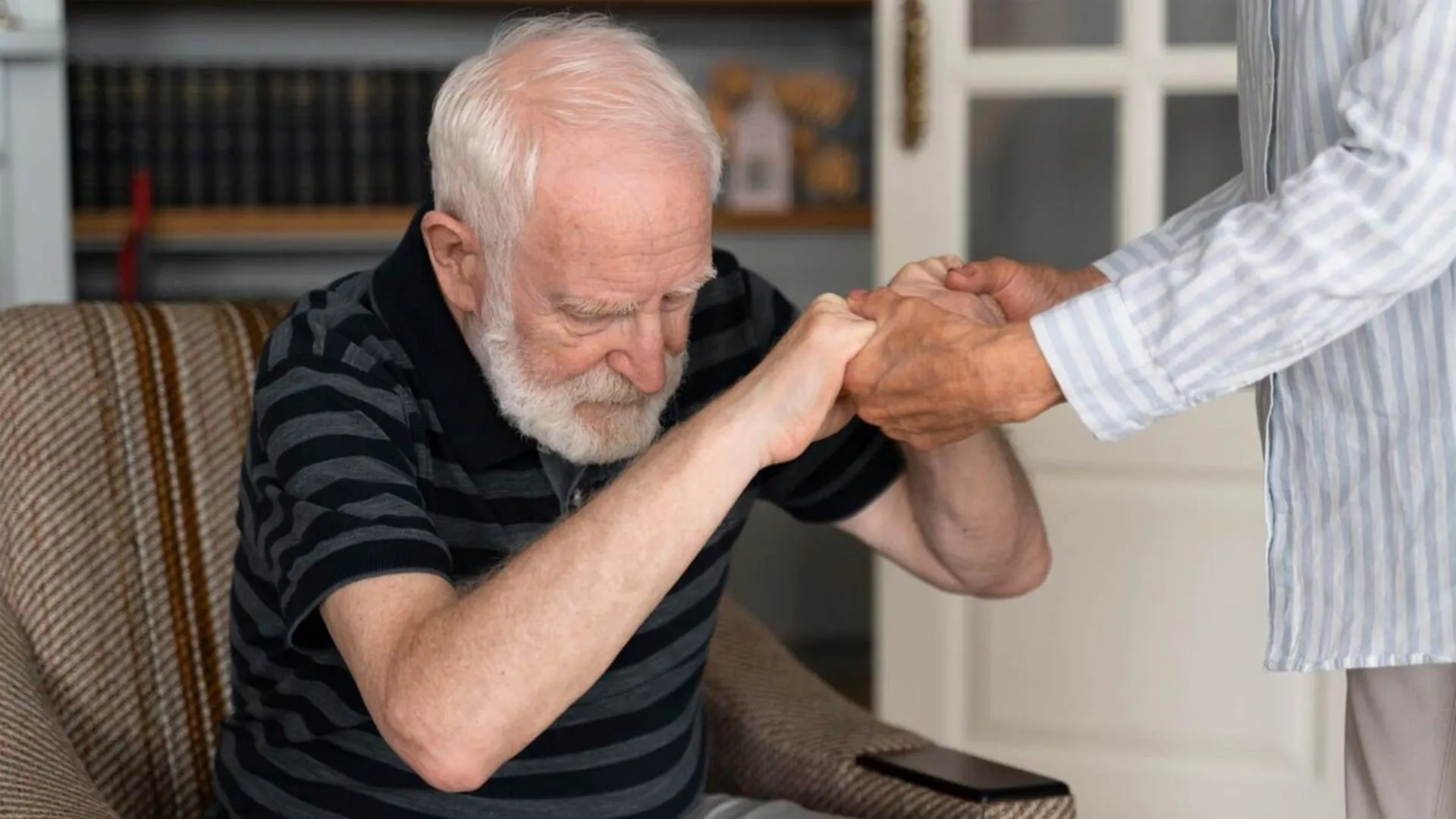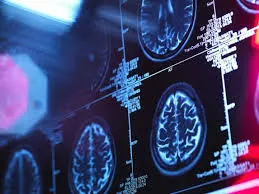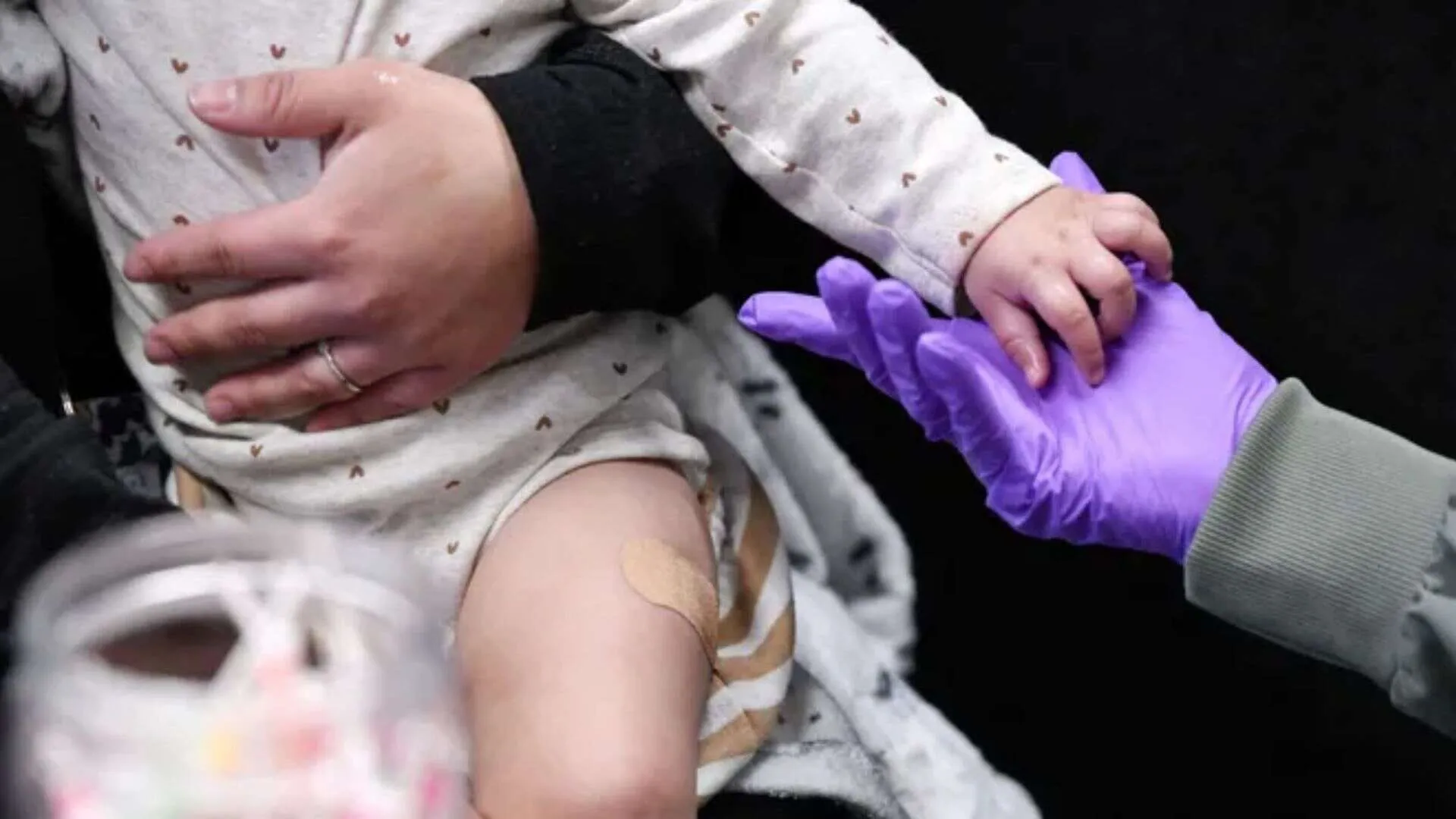Parkinson’s disease (PD), once seen mostly in older people, is now affecting more young Indians. Experts said that the number of early-onset cases is growing quickly. Since there is no permanent cure, doctors are advising early diagnosis and a team-based treatment plan to ease symptoms and help patients live better lives.
India May Soon Become a Global Hotspot for Parkinson’s
Although PD has long been considered an age-related condition, doctors observed a change in pattern. More young people are showing signs of the disease. This shift has made neurologists worry that India could soon become one of the countries most affected by Parkinson’s disease in the world.
Global Cases Could Double by 2050
A study published in the British Medical Journal predicted that by 2050, around 25.2 million people around the world will have PD. This would be a 112% rise from 2021. The study estimated that South Asia, including India, could account for 6.8 million cases. The authors pointed to aging, population growth, and changing disease rates as the main reasons behind the surge. They also expected a rate of 267 cases per 100,000 people by 2050.
Indians Developing Symptoms Earlier Than the Global Average
In India, the number of people with PD ranges between 15 and 43 per 100,000. But a 2022 report from NIMHANS said that nearly 40–45% of PD patients in India show early motor symptoms between the ages of 22 and 49. This means that many Indians are getting the disease almost 10 years earlier than patients in other parts of the world.
What Parkinson’s Disease Does to the Body
Doctors explained that PD affects movement because of a drop in dopamine, a chemical in the brain. The symptoms come on slowly. A person might first feel a light tremor in one hand. As the disease gets worse, muscles become stiff, and movements slow down. Other signs can include poor balance, loss of smell, constipation, and trouble sleeping.
Possible Causes and Risk Factors
Although the exact cause of PD is unknown, doctors pointed to a few possible triggers. These include certain genetic changes, exposure to pesticides and chemicals, increasing age, and being male.
A senior neurologist from Fortis Hospital explained that Parkinson’s disease is not one single disorder. He said that there are two main types—typical Parkinsonism, which responds well to medicine, and atypical Parkinsonism, which gets worse more quickly.
Experts Stress Early Diagnosis
Doctors warned that PD is often misdiagnosed in the beginning. Early symptoms like stiffness and tiredness are sometimes mistaken for common problems like arthritis or aging. One neurologist from Aakash Healthcare said that early tests and imaging can help start treatments that protect the brain. These treatments may delay serious problems like slowness, tremors, and body stiffness. He also noted that newer methods like deep brain stimulation can offer good results if used early.
Symptoms Get Worse Over Time
The disease usually progresses slowly, but the speed and severity can differ from one person to another. In later stages, many patients lose the ability to walk or carry out daily tasks. Some also suffer from memory issues and depression.
Even though PD is not classified as fatal, doctors said the complications could be dangerous. Muscle weakness can make it hard to swallow or breathe, leading to other serious health problems.
Doctors also said that people with neurological issues often delay going to the doctor. This delay usually leads to a more severe form of the disease. A senior neurologist from Asian Hospital added that there is no specific test to confirm PD. She explained that deep brain stimulation is used when medicines no longer help, but drugs are still the main form of treatment.
Nutrition and Mental Health Support Are Vital
Experts said that a healthy diet plays a big role in managing PD. A neurologist from Pune’s Jupiter Hospital advised that patients should eat foods high in antioxidants, omega-3 fatty acids, and fiber. He also suggested careful planning of protein intake for those on Levodopa, a common PD medicine. Proper timing of protein, he explained, improves the medicine’s effect.
Another neurologist mentioned that mental health support is just as important. She said that depression and anxiety are common in PD patients. So, counseling and support groups are important for both patients and caregivers.
Exercise Is a Powerful Tool
Doctors underlined that physical activity is often overlooked in PD care. One expert said that regular, focused exercise helps the brain work better and improves movement. He spoke about LSVT BIG therapy, a special exercise method that encourages large, exaggerated movements. This can help reduce stiffness and slow motion.
Treatment Focuses on Reducing Symptoms
Doctors stated that even though there is no cure, many treatments can improve symptoms. Medicines like Levodopa increase dopamine levels. Surgical options like deep brain stimulation can help in advanced stages. Lifestyle changes, including a good diet, exercise, and physical therapy, also help patients feel better and stay active.























